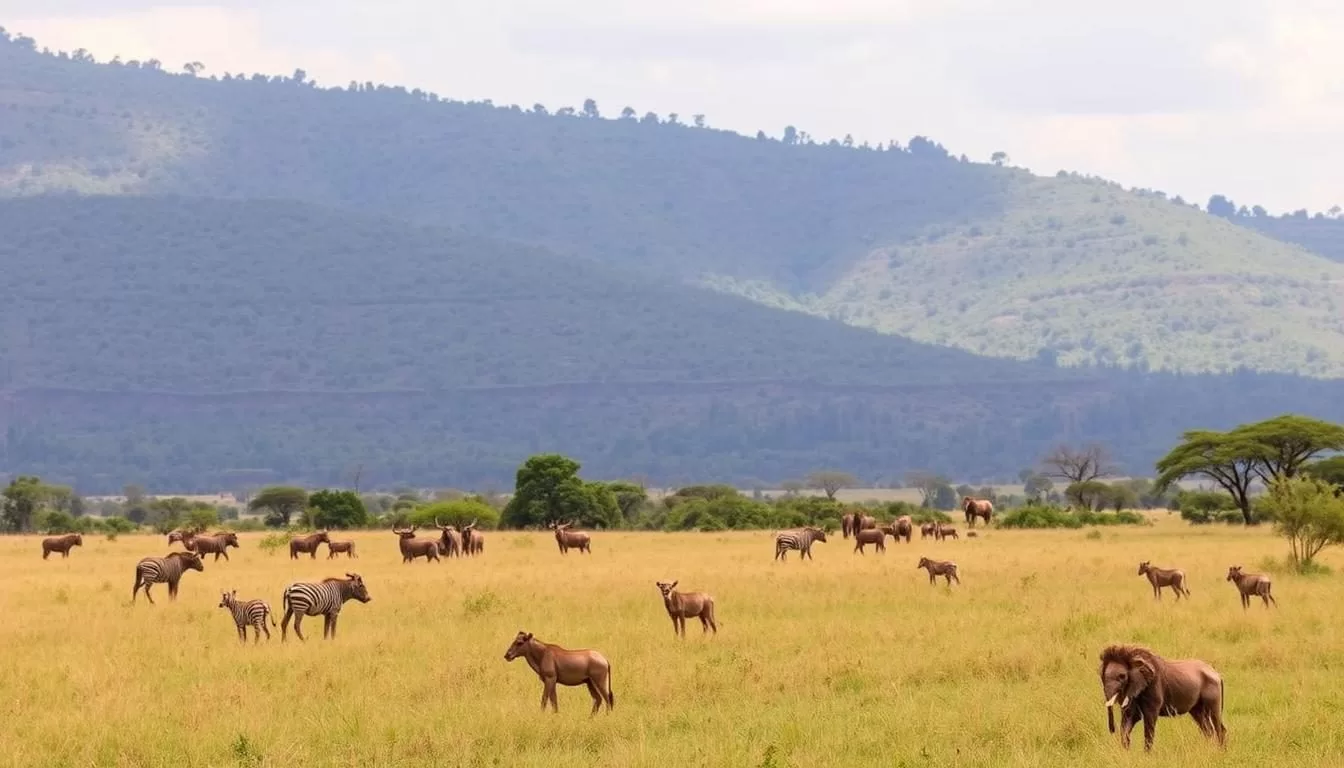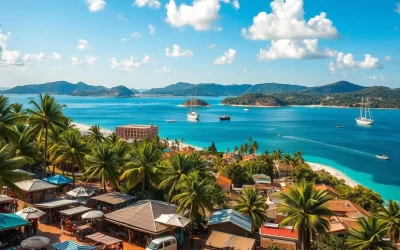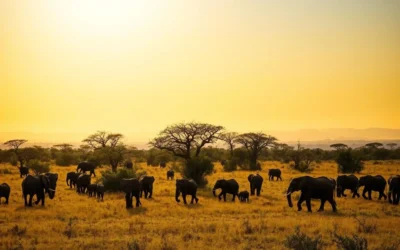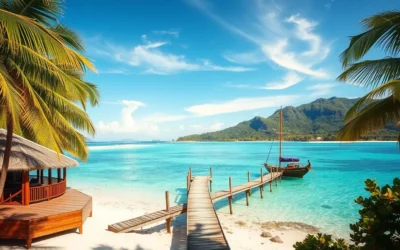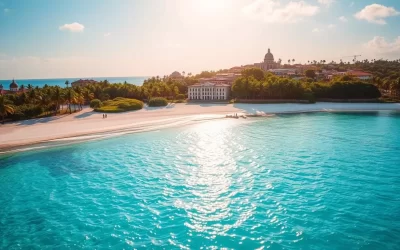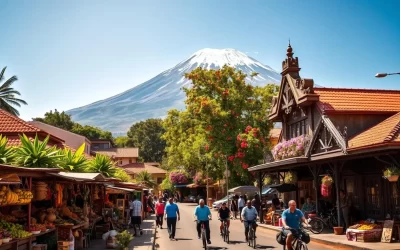✓ Accommodations✓ Flights✓ Rental Cars
Discover the Uncharted Wilderness of Katavi National Park
Katavi National Park, Tanzania’s third-largest national park, is a wilderness paradise that remains off the beaten path for many travelers. Established in 1974 to protect wildlife from illegal hunting, Katavi offers an authentic safari experience away from tourist crowds.
This remote and untouched national park is renowned for its exceptional wildlife viewing opportunities, particularly during the dry season when animals congregate around water sources. The park’s vast landscapes and diverse ecosystems make it an ideal location for spotting a wide range of wildlife, including large herds of buffalo, elephants, and various antelope species.
Despite being less known than other Tanzanian parks like the Serengeti or Ngorongoro, Katavi National Park provides equally impressive wildlife experiences. Its unspoiled nature and lack of tourist infrastructure contribute to a more intimate and genuine safari adventure.
In this article, we will guide you through the best things to do in Katavi National Park, including when to visit, how to get there, top activities, key locations to explore, and accommodation options to suit various preferences.
Discovering Tanzania’s Hidden Gem: Katavi National Park
Tucked away in the southern region of Tanzania lies Katavi National Park, a hidden gem waiting to be discovered. As the third largest national park in Tanzania, Katavi offers a unique blend of wilderness and wildlife that is unparalleled in many other national parks.
What Makes Katavi Special
Katavi National Park was established in 1974 with the primary goal of protecting hundreds of animals from poaching and illegal hunting. This third largest national park in Tanzania is known for its pristine wilderness and exceptional wildlife density. The park’s diverse ecosystems, including floodplains, seasonal lakes, and woodland areas, support a wide variety of flora and fauna. Katavi’s remoteness has preserved its natural character, offering visitors an authentic safari experience without the crowds found in more popular parks.
Location and Geography
Located in the Mpanda district of Tanzania’s Southern region, Katavi National Park covers an area of approximately 4,471 square kilometers. The park’s headquarters is situated 40 kilometers south of Mpanda town. The Katuma River system and seasonal floodplains are key geographical features that attract a wide range of wildlife, particularly during the dry seasons. The park’s unique geography and diverse ecosystems make it an ideal location for wildlife viewing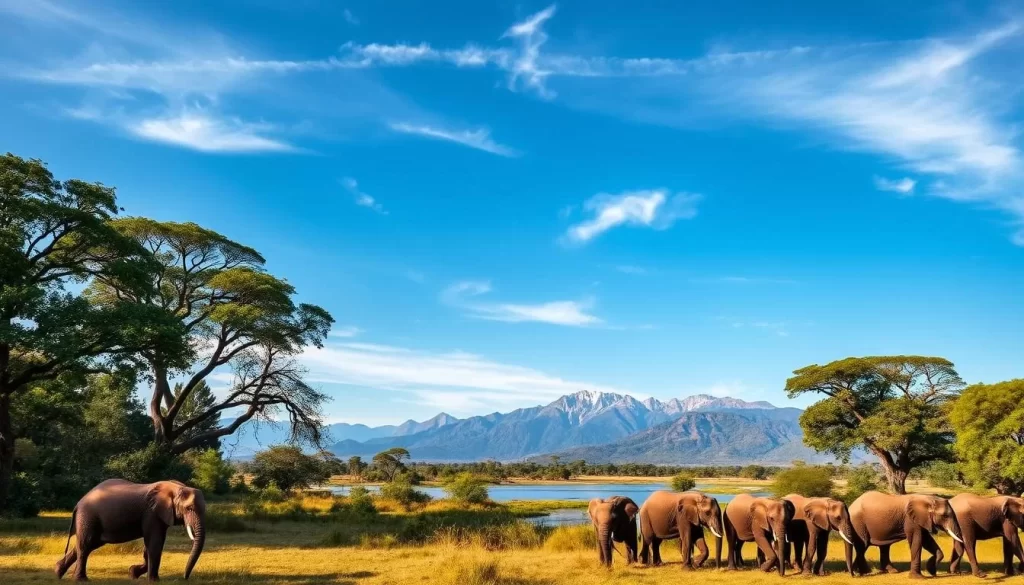
When to Visit Katavi National Park
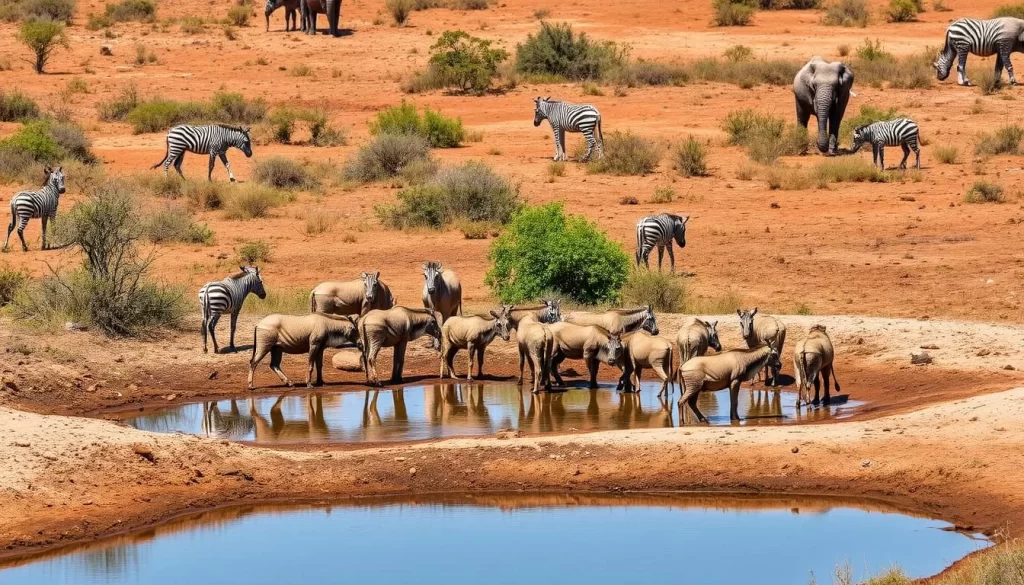
The best time to visit Katavi National Park depends on your preferences and what you want to experience during your safari adventure. The park offers unique experiences throughout the year, shaped by the dry and wet seasons.
Dry Season Wildlife Spectacle (June-October)
The dry season, from June to October, is considered the prime time for wildlife viewing in Katavi National Park. During this period, the animals congregate around diminishing water sources, making them easier to spot against the shorter, dry grass. The dry season is characterized by sizzling heat and dusty conditions, but it offers thrilling experiences for those who are prepared.
The dry season spectacle includes massive hippo pods in muddy pools and large crocodile congregations, showcasing the raw power of nature. With fewer water sources available, the wildlife concentrates around the remaining ones, creating dramatic scenes of predator and prey in their natural habitat.
Wet Season Advantages (November-May)
In contrast, the wet season, which spans from November to May, transforms Katavi National Park into a lush and vibrant landscape. The floodplains fill with water, and the park becomes a haven for bird watching enthusiasts. The wet season also means fewer visitors, making it an ideal time for those seeking a more secluded safari experience.
The temperature varies throughout the year, with the dry season being significantly hotter and drier than the wet season. While some roads may become challenging during heavy rains, Katavi National Park is accessible year-round, offering a unique experience regardless of the time of visit.
Whether you’re interested in wildlife photography, birding, or a general safari experience, understanding the seasonal dynamics of Katavi National Park will help you plan your trip accordingly. The park’s diverse offerings ensure that there’s something for every kind of visitor, making it a must-visit destination in Tanzania.
How to Get to Katavi National Park
The journey to Katavi National Park is part of the experience, with options to suit different preferences and budgets. Whether you’re looking for convenience, scenic routes, or cost-effectiveness, there’s a way to reach this Tanzanian gem.
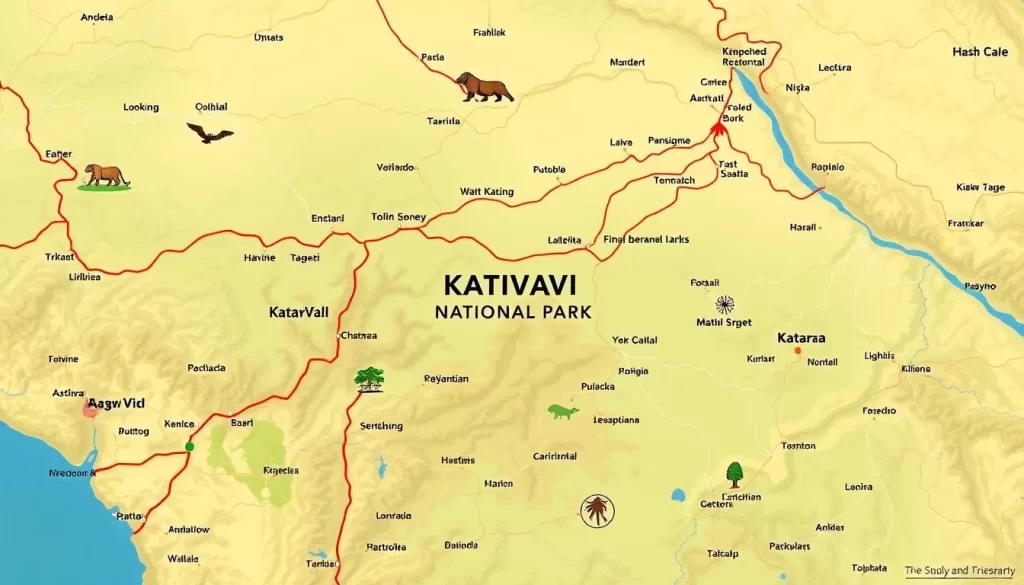
By Air: Flights to Katavi
For a quick and convenient trip to Katavi National Park, chartering a flight is the best option. Flights can be booked from major cities like Dar es Salaam or Arusha to Mpanda Airport, which is 86km from the park.
By Road: Driving Routes
Traveling by road from Dar es Salaam to Katavi National Park is approximately 1,513km, offering a scenic route through Tanzania. While it’s a long journey, it provides an opportunity to see the country’s diverse landscapes.
By Train: The Railway Option
Another unique way to reach Katavi National Park is by train. You can take a train from Dar es Salaam through Tabora to Sitalike, from where game drives can be arranged. This option offers a blend of adventure and comfort.
Each transportation method has its pros and cons in terms of cost, time, comfort, and scenic value. Planning your trip well in advance is recommended due to the park’s remote location. Consider combining transportation methods for a more comprehensive Tanzania experience, and don’t hesitate to book through tour operators specializing in Western Tanzania safaris.
Katavi National Park, Tanzania: Best Things to Do – Top Picks
Experience the untamed beauty of Katavi National Park through its diverse range of activities. From thrilling game drives to serene bird watching, Katavi offers something for every kind of traveler.
Game Drives: Day and Night Safari Adventures
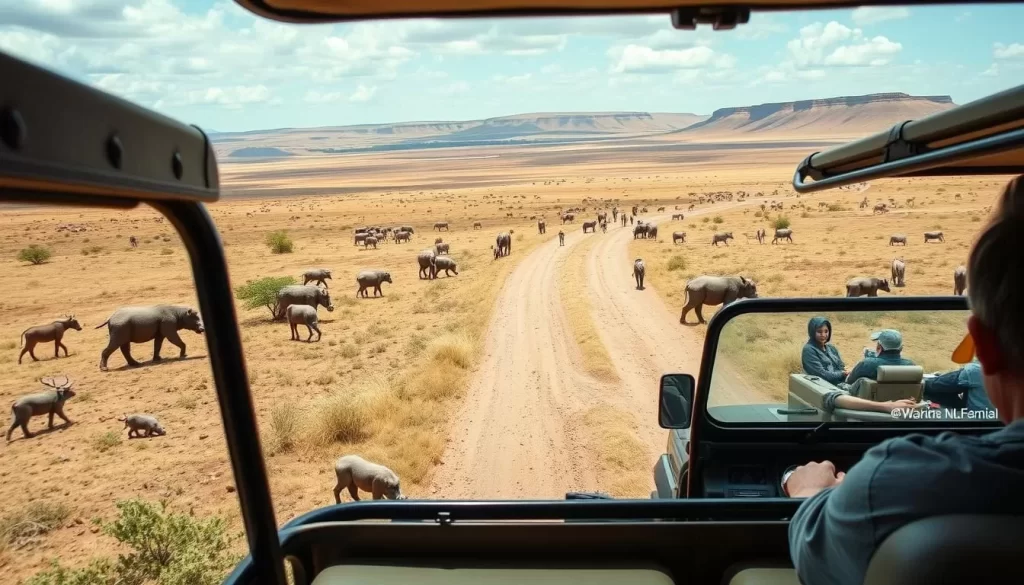
Game drives in Katavi National Park are an exhilarating experience, best enjoyed around the Katuma River, Lake Katavi, and the Chada and Katsunga floodplains. The park offers both day and night game drives. Day game drives typically run from 6:30 am to 6:30 pm, while night game drives are scheduled from 8 pm to 11 pm. These drives provide a unique opportunity to witness the park’s diverse wildlife, including predators and prey, in their natural habitat.
Walking Safaris and Nature Trails
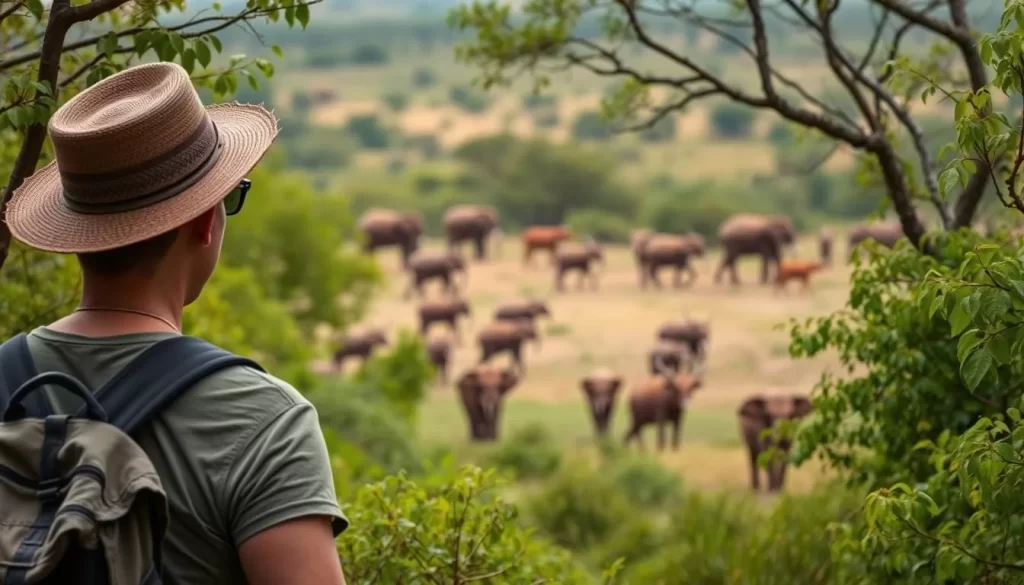
For those seeking a more intimate experience with nature, Katavi National Park offers walking safaris and nature trails. The experience begins with a briefing at the park headquarters, followed by a guided trek along various trails, such as those leading to Lake Katavi, which offers stunning views of the Ndidi waterfalls. This activity allows visitors to connect with the wilderness and appreciate the park’s flora and fauna up close.
Bird Watching Paradise
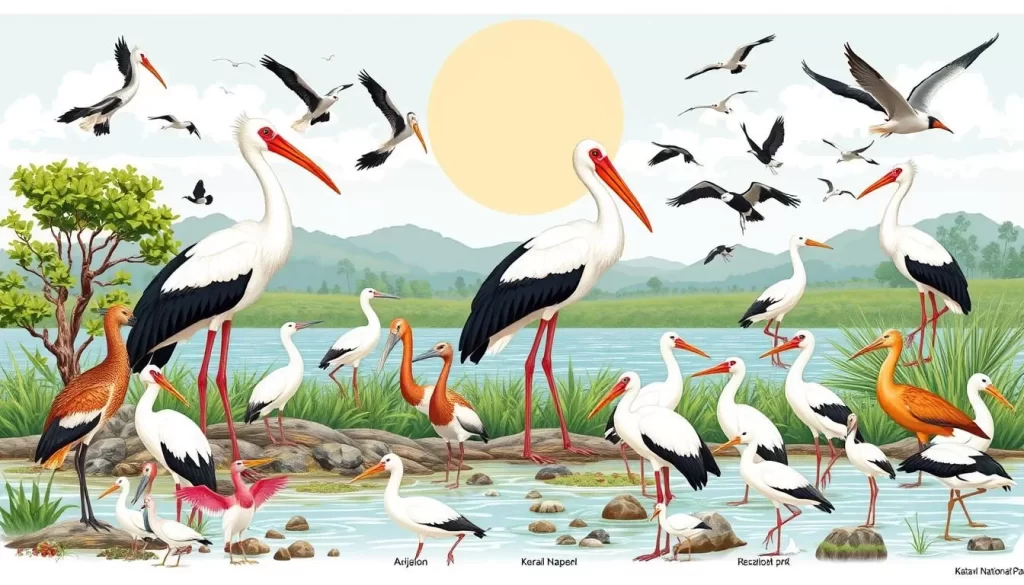
Katavi National Park is a haven for bird enthusiasts, with its rivers and lakes attracting a wide range of bird species. The park is home to large flocks of storks, including the yellow-billed, saddle-billed, and open-billed storks. While the dry season is the peak time for visiting the park, the wet season offers ideal conditions for bird watching, with many species associated with water bodies.
Fly Camping Under the Stars
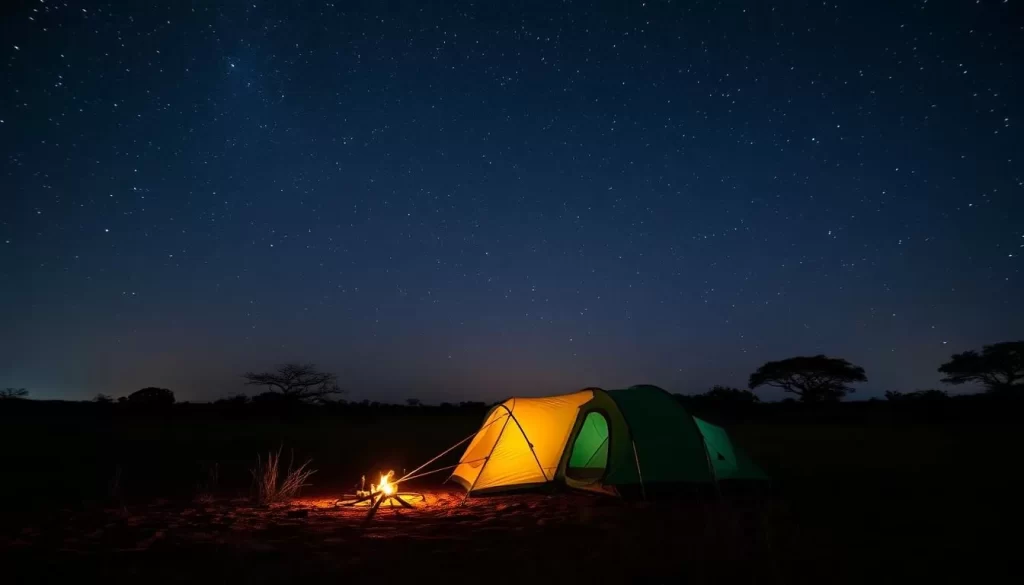
For a truly immersive experience, Katavi National Park offers fly camping, where visitors can spend the night under the stars in remote areas of the park. This unique adventure allows travelers to sleep amidst the wilderness, surrounded by the sounds of the African night. It’s an experience that brings you closer to nature and provides unforgettable memories.
Each of these activities offers a distinct perspective on Katavi National Park’s ecosystems and wildlife. With experienced guides leading the way, visitors can enjoy a safe and enriching experience. Whether you’re interested in game drives, walking safaris, bird watching, or fly camping, Katavi National Park has something to offer. These activities can be arranged through lodges or the park headquarters, making it easy to plan your visit.
Must-Visit Locations Within Katavi
As you explore Katavi National Park, you’ll discover key attractions that make this Tanzanian gem a standout destination. The park is home to diverse landscapes and ecosystems, each hosting a variety of wildlife.
Katuma River: Wildlife Congregation Point
The Katuma River is the lifeline of Katavi National Park, serving as the only perennial source of drinking water during the dry seasons. Hundreds of crocodiles and hippos congregate around the river’s shrinking pools, while thousands of zebras, topis, and impalas pass over the plain.
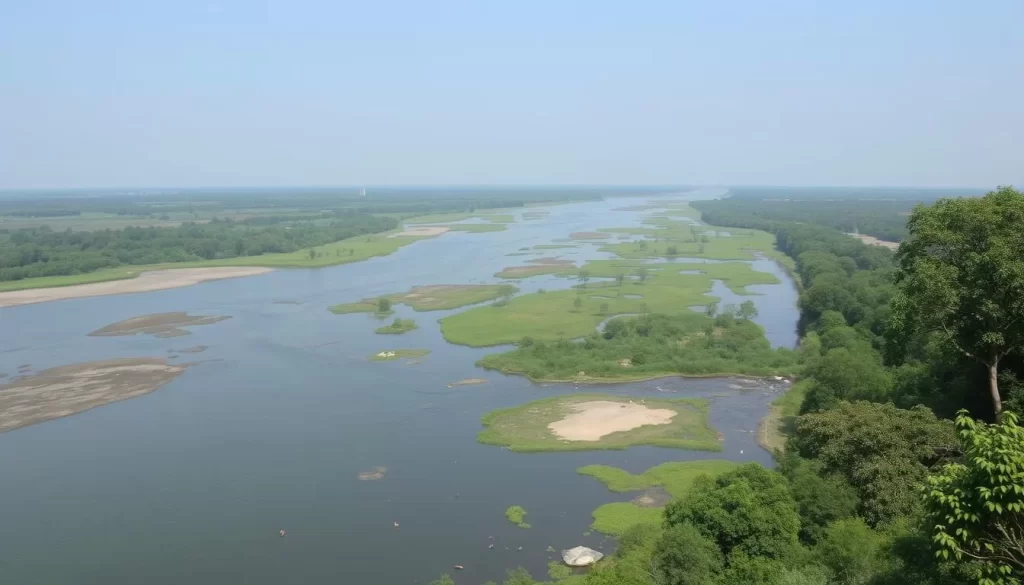
Lake Katavi and the Sacred Tamarind Tree
One of the best wildlife viewing spots in Katavi is Lake Katavi. Visitors surveying the lake can also pay a visit to the renowned sacred tamarind tree, known for its cultural significance to the local Bende and Pimbwe communities.
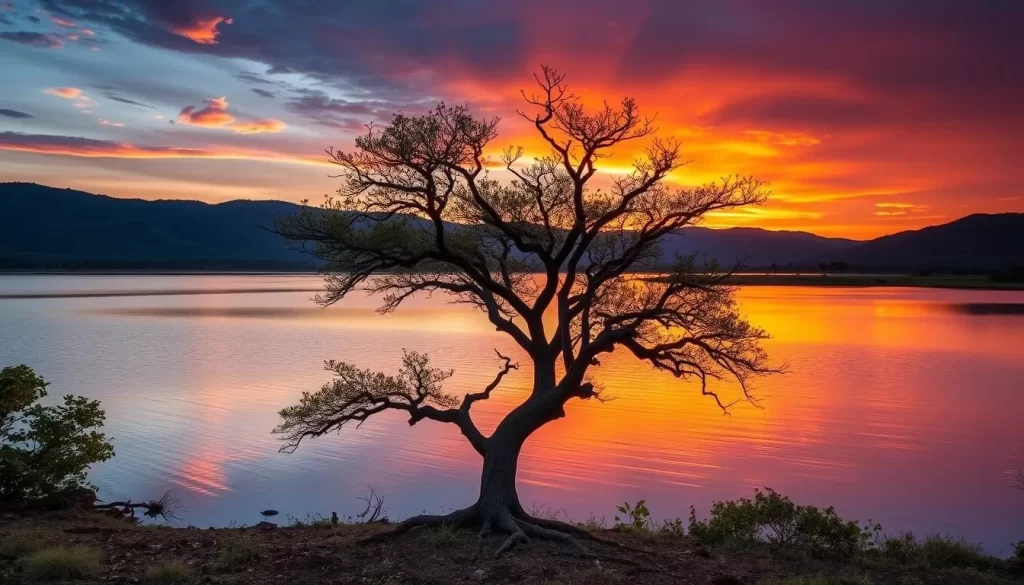
Katsunga Plains: Tanzania’s Premier Wildlife Viewing
The Katsunga Plains are known as one of Tanzania’s premier wildlife viewing areas, second only to the Serengeti National Park. This area is perfect for spotting unique species like sable antelopes and roan antelopes during a game drive.
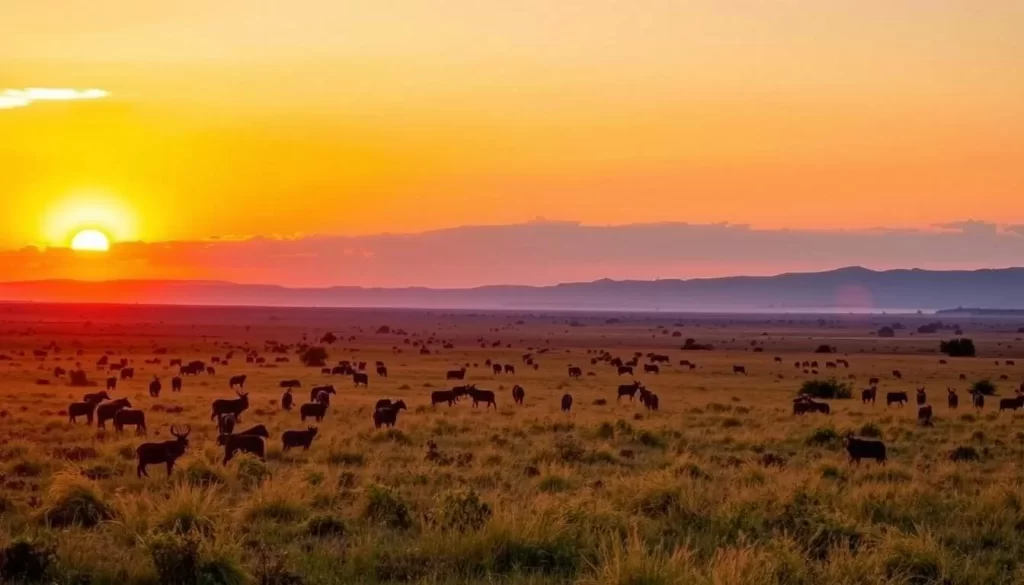
Paradise Springs: Hippo and Crocodile Haven
Paradise Springs is a haven for hippos and crocodiles, especially during the dry season. The transformation of these locations between wet and dry seasons offers different experiences, making Katavi National Park a dynamic destination.
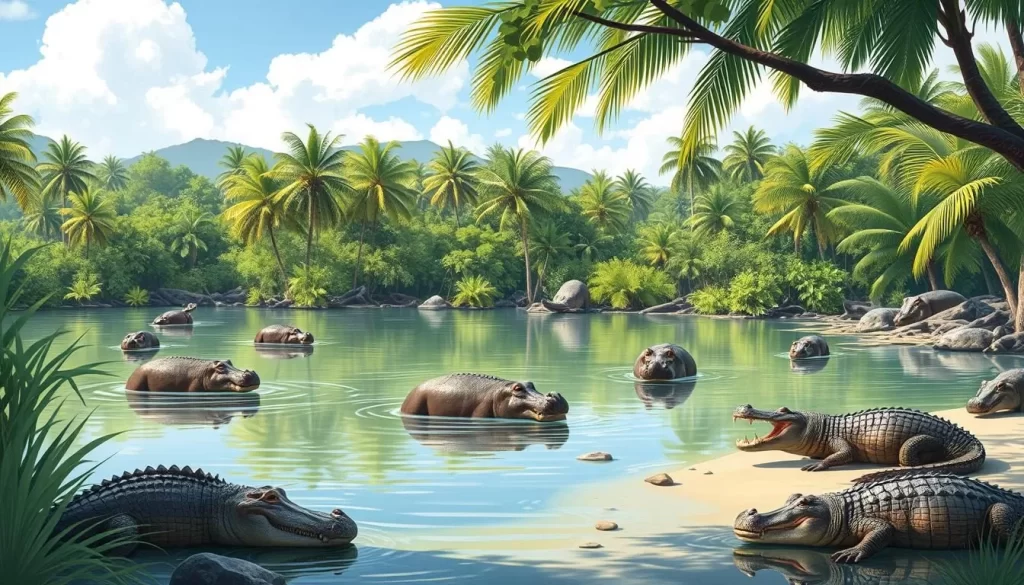
Visiting these locations at the right time can enhance your wildlife viewing experience. Early morning and late afternoon are typically the best times for optimal viewing.
Where to Stay in Katavi National Park
Your stay in Katavi National Park can be as comfortable or as adventurous as you like. The park offers a variety of accommodations to suit different budgets and preferences, ensuring that your safari experience is nothing short of exceptional.
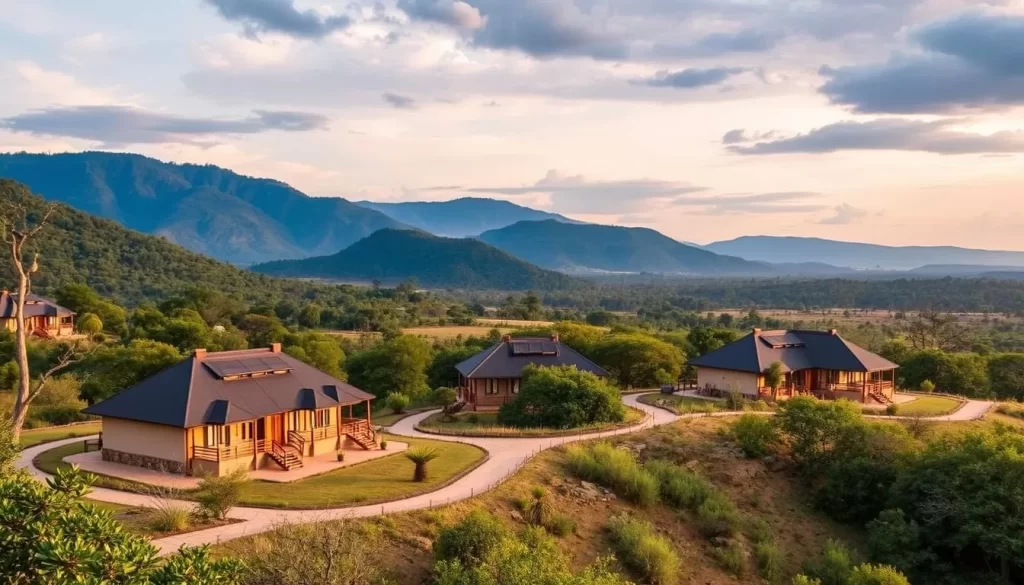
Luxury Safari Lodges
For those seeking luxury, Katavi National Park has several high-end safari lodges that offer comfort and elegance. Notable mentions include Katavi Wildlife Camp and Chada Camp, both offering unique experiences with stunning views of the surrounding wilderness. Katavi Wildlife Camp is particularly praised for its exceptional service and picturesque views.
Mid-Range Accommodation Options
Travelers on a moderate budget can find suitable accommodations in Katavi National Park. Options like Planet Lodge and Karama Lodge provide comfortable stays without the hefty price tag of luxury lodges. These mid-range accommodations often offer a more personalized experience, making your stay in the national park even more enjoyable.
Budget-Friendly Camping Sites
For the more adventurous, budget-friendly camping sites are available within Katavi National Park. These campsites offer a chance to connect with nature and experience the raw beauty of the African wilderness. While more basic, they provide an authentic safari experience that is hard to match.
Regardless of your budget, it’s essential to book your accommodation well in advance due to the limited options available. Most lodges and camps in Katavi National Park also arrange activities and transportation, making your trip planning much easier.
Conclusion: Why Katavi Should Be on Your Tanzania Safari Itinerary
If you’re looking for a safari destination that’s off the beaten path, Katavi National Park is an ideal choice. This untouched wilderness offers exceptional wildlife viewing opportunities, making it a must-visit on your Tanzania safari itinerary. Whether you visit during the dry season for concentrated wildlife or the wet season for lush landscapes, Katavi promises an authentic experience. With top activities like game drives and walking safaris, and quality accommodations, Katavi is worth the extra effort to reach. Plan your trip to Katavi National Park today and experience the best of Tanzania’s national park offerings.
The above is subject to change.
Check back often to TRAVEL.COM for the latest travel tips and deals.
